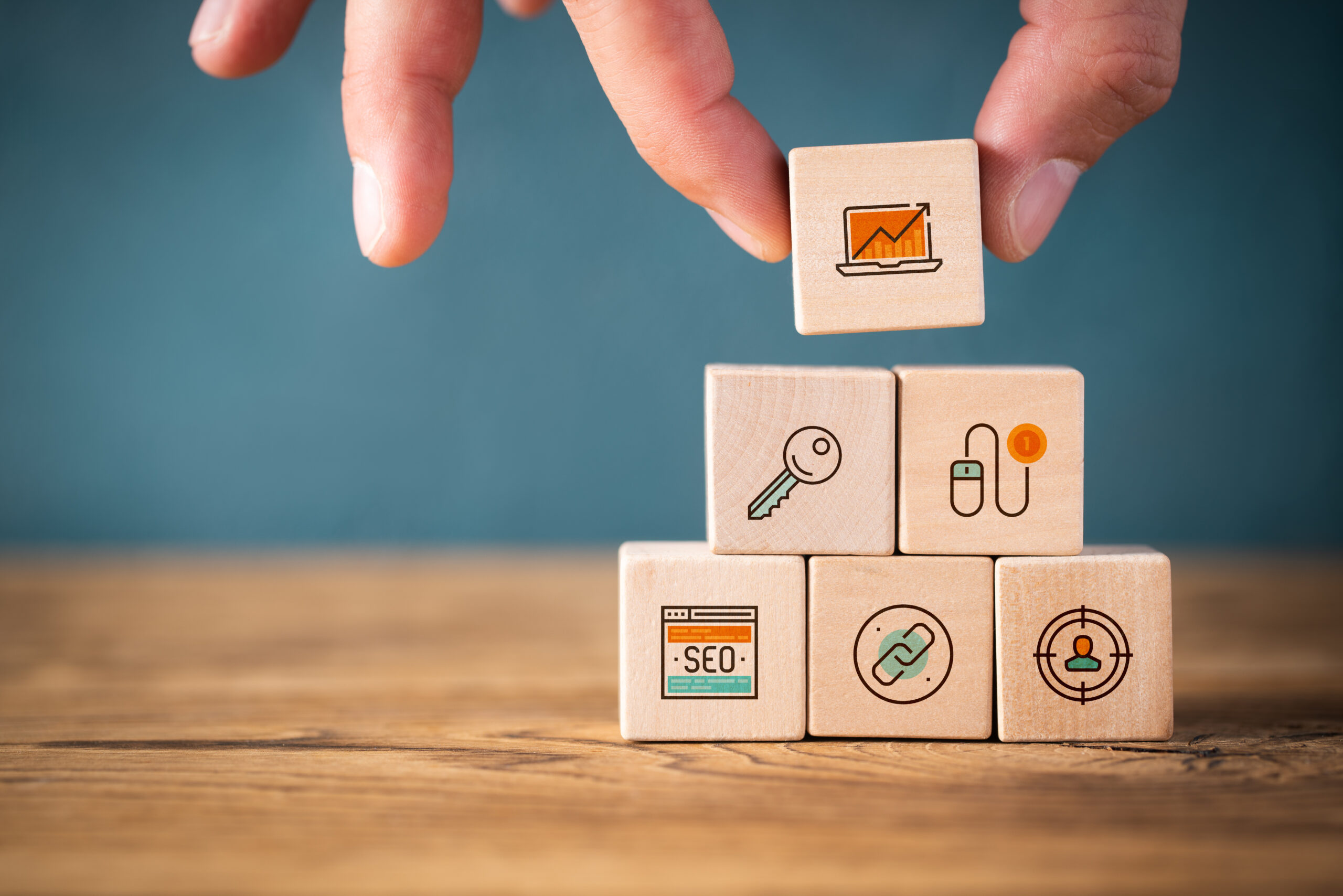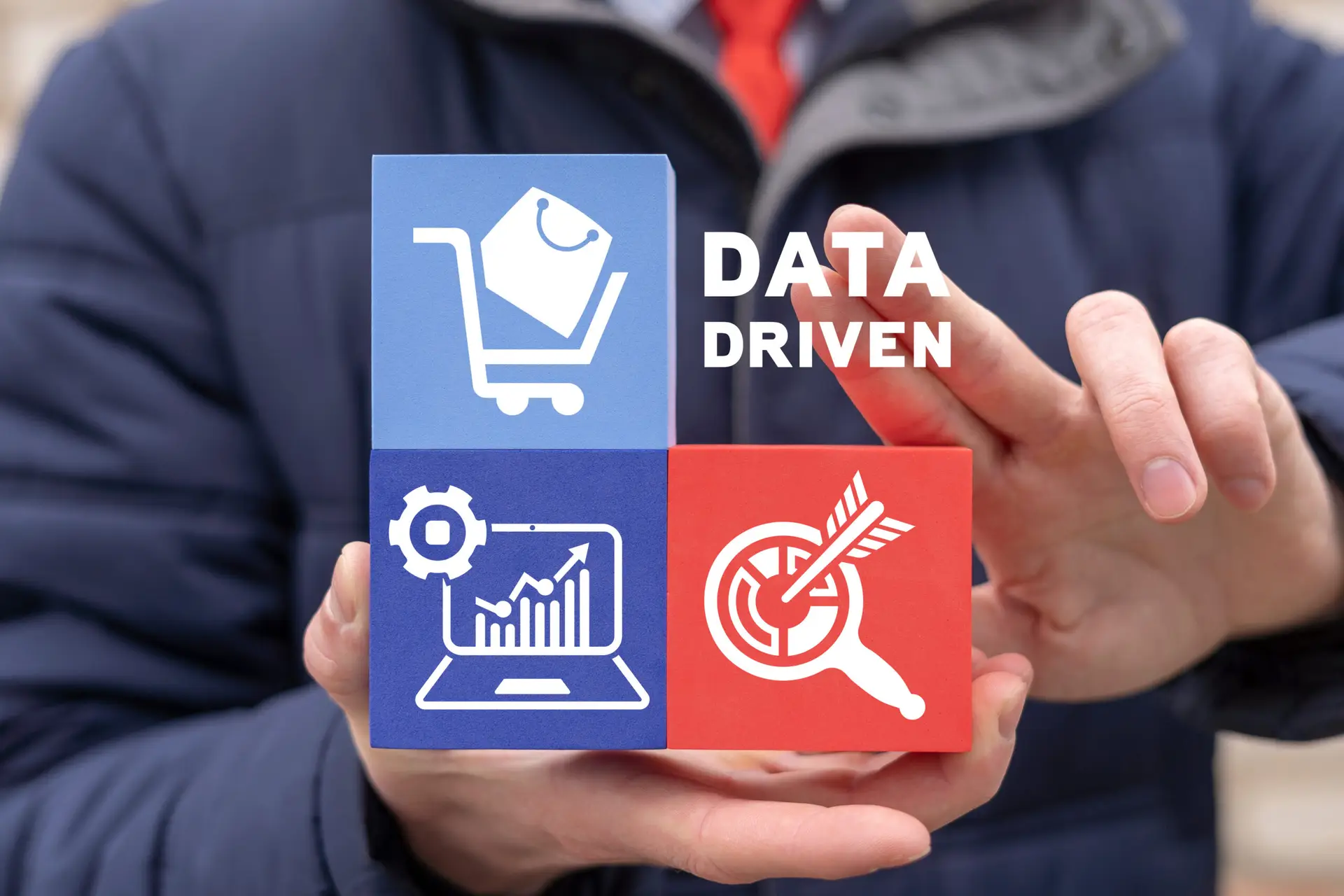
The Benefits of Hiring a Digital Marketing Agency
What is a Digital Marketing Agency?
A digital marketing agency is a specialized organization that helps businesses promote their products or services online through a variety of strategies and tools. These agencies are experts in navigating the complex digital landscape, offering a wide range of services designed to enhance a brand’s online presence, drive traffic, and ultimately increase revenue. From search engine optimization (SEO) to social media management, content creation, pay-per-click (PPC) advertising, and email marketing, digital marketing agencies provide comprehensive solutions tailored to meet the unique needs of each client.
By leveraging their expertise, these agencies create cohesive marketing strategies that integrate multiple channels to deliver consistent messaging and measurable results. Whether you’re a small business looking to establish your online presence or a large corporation aiming to refine your digital strategy, a digital marketing agency can be a valuable partner in achieving your goals.
Table of Contents

Digital marketing agency experts use social media, content strategy, and analytics to help brands grow and connect with their audience effectively.
Key Services Offered by Digital Marketing Agencies
Digital marketing agencies offer a variety of services that work together to create a unified and effective marketing strategy. Some of the most common services include:
Search Engine Optimization (SEO)
Improving your website’s visibility on search engines to attract organic traffic.
Social Media Management
Creating and managing content across platforms like Facebook, Instagram, and LinkedIn to engage your audience.
Content Creation
Developing high-quality blog posts, videos, infographics, and other content to inform and attract potential customers.
Pay-Per-Click (PPC) Advertising
Running targeted ad campaigns on platforms like Google Ads to drive immediate traffic and conversions.
Email Marketing
Building and nurturing customer relationships through personalized email campaigns.
Web Design and Development
Creating user-friendly, visually appealing websites optimized for performance and conversions.
Analytics and Reporting
Tracking campaign performance and providing actionable insights to refine strategies.
These services are not standalone efforts; they are interconnected. For example, SEO and content creation go hand-in-hand, as high-quality content improves search rankings. Similarly, social media campaigns can amplify the reach of your content and drive traffic to your website. A digital marketing agency ensures all these elements work together seamlessly to maximize your results.
The Expertise of a Digital Marketing Agency
A digital marketing agency brings specialized knowledge and expertise to help businesses thrive in an ever-changing digital landscape. With constantly evolving algorithms, emerging tools, and shifting consumer behaviors, staying ahead requires continuous learning. Agencies dedicate time and resources to mastering industry trends, ensuring their clients benefit from the most effective strategies. From SEO to social media management, their expertise ensures your business remains competitive and visible.
A Team of Specialists at Your Service
When you partner with a digital marketing agency, you gain access to a diverse team of experts, including SEO strategists, content creators, social media managers, PPC specialists, and data analysts. Each professional contributes unique skills, working collaboratively to develop a comprehensive marketing approach. For instance, while an SEO expert enhances your search rankings, a content creator ensures your brand messaging resonates with your audience. This well-rounded approach ensures no aspect of your digital marketing is overlooked.

Cost-Effective Marketing Solutions
Hiring and maintaining an in-house marketing team can be costly, especially for small and medium-sized businesses. A digital marketing agency provides a more cost-effective alternative, eliminating expenses such as salaries, benefits, and training. Additionally, agencies offer scalable services, allowing businesses to adjust marketing efforts based on needs. Whether launching a new product or navigating seasonal trends, agencies provide flexibility, ensuring businesses only pay for what they need.
A digital marketing agency helps businesses maximize their budget by providing cost-effective marketing solutions that drive measurable results and ROI. By leveraging data-driven strategies, industry expertise, and advanced marketing tools, agencies ensure that every marketing dollar is allocated efficiently to generate higher conversions and long-term business growth.

Maximizing ROI with Strategic Budget Allocation
One of the biggest advantages of working with a digital marketing agency is the ability to allocate your budget more efficiently. Instead of investing in costly in-house resources, businesses can access a team of experts who specialize in various aspects of digital marketing—SEO, content creation, social media management, and paid advertising—without the overhead costs. Agencies also leverage advanced analytics and data-driven insights to track performance, ensuring that every marketing dollar spent delivers measurable results and contributes to long-term growth. By outsourcing to a digital marketing agency, businesses can achieve high-quality marketing strategies while keeping expenses manageable.
Advanced Tools and Data-Driven Strategies
Digital marketing agencies have access to premium tools and analytics platforms that can significantly enhance campaign effectiveness. From Google Analytics to SEMrush and proprietary AI-driven marketing tools, these resources provide insights into customer behavior, keyword performance, and conversion rates. Agencies use this data to refine strategies, ensuring businesses maximize their return on investment (ROI) and make informed marketing decisions.
Running a business comes with countless responsibilities, and managing digital marketing efforts can be time-consuming. A digital marketing agency allows business owners to focus on their core operations while experts handle marketing complexities. Agencies efficiently manage tasks like keyword research, content creation, campaign management, and performance tracking. With faster implementation and optimization, businesses can achieve results more quickly than if they handled marketing in-house.

Long-Term Growth and Competitive Edge
A strong online presence is crucial for brand credibility and customer acquisition. Digital marketing agencies use a combination of SEO, content marketing, and social media strategies to build and maintain brand visibility. They also offer flexible and adaptive marketing strategies, ensuring businesses can pivot based on industry trends and consumer behavior. By continuously optimizing campaigns and focusing on measurable results, a digital marketing agency helps businesses achieve long-term success and scalability in a competitive digital landscape.
Frequently Asked Questions
What exactly does a digital marketing agency do?
- Search Engine Optimization (SEO): Improving website visibility on search engines.
- Pay-Per-Click (PPC) Advertising: Running paid ads on platforms like Google Ads and social media.
- Social Media Marketing (SMM): Managing and creating content for social media channels.
- Content Marketing: Producing blogs, videos, and other materials to engage audiences.\Email Marketing: Sending targeted email campaigns for customer retention.
- Web Design & Development: Creating user-friendly, high-converting websites.
- Analytics & Reporting: Tracking performance to optimize strategies.
A digital marketing agency tailors these services based on a client’s goals, whether it’s increasing brand awareness, driving website traffic, or generating leads and sales.
How much should I pay a digital marketing agency?
Who are the big 6 digital marketing agencies?
The “Big 6” refers to the largest multinational advertising and digital marketing agencies in the world, which dominate the industry:
- WPP (UK): Includes agencies like Ogilvy, GroupM, and Wunderman Thompson.
- Omnicom Group (USA): Parent company of BBDO, DDB, and TBWA.
- Publicis Groupe (France): Owns Saatchi & Saatchi, Leo Burnett, and Sapient.
Interpublic Group (IPG) (USA): Includes McCann, FCB, and MullenLowe. - Dentsu (Japan): Operates global agencies like Merkle and iProspect.
- Havas (France): Owns Havas Media and Havas Creative.
These agencies handle major global brands, but many boutique and specialized digital marketing agencies cater to small-to-medium businesses with more personalized services.






